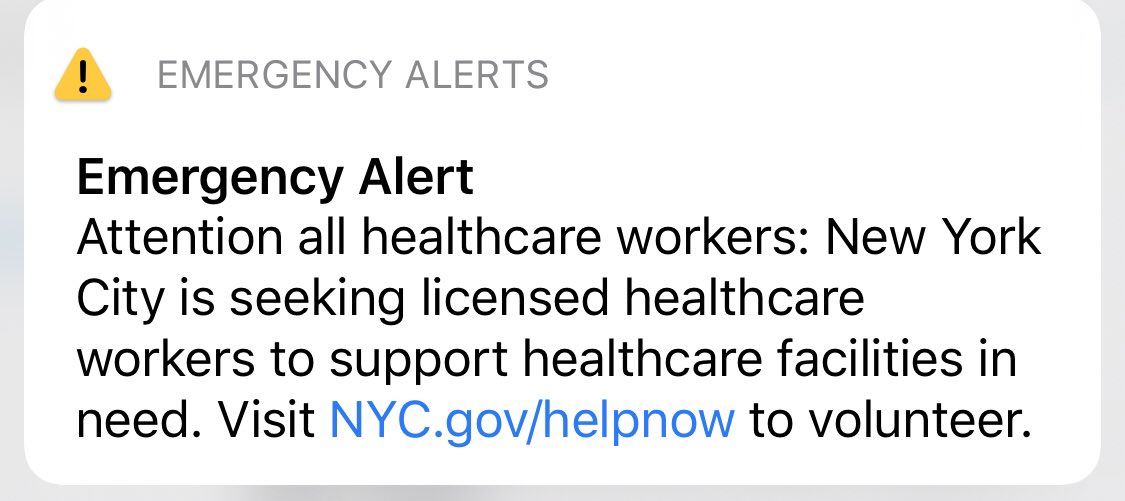This came out late on Friday
To paraphrase colloquial usage: this was not a drill. I doubt it will be when you get around to reading this.
Today is the first normal/scheduled work day after the New Years Holiday in Iran. There are videos of traffic jams in Tehran. At the same time, two members of their parliament issued a call for a new 1 month quarantine. And the dissident group PMOI/MEK updated its totals to 16,800 deaths; the official number on the Johns Hopkins dashboard is 3,452.
That actually is probably a good time to remind you to go back and read the parts of the Handbook about Westphalian sovereignty and the problems it creates for interpreting macro data (like national death numbers).
In private email the other day, CS implied that he thought the curve was flattening in Utah. I hope he's right; I'm not so sure (but that's an opinion I'm not backing up with data). Anyway, the New York Times dashboard has some cool and innovative graphics (this has been one of the best things about NYT the last few years). You can tunnel down to Utah and get rates per county: Iron is comparable to the big ones in the rate per 100K people.
But if you worry about these things, Park City and other mountain areas east of SLC are the worst. What I like about the graphic though is the growth rate bar chart on the right showing that the rate of growth has slowed. Yeah. Maybe the curve is flattening in Utah. Of course, keep in mind that some of the slowing might just be that we detected a backlog of untested cases several days back.
I posted yesterday about how Germany seems to have gotten the R0 of the virus down to 1 (the breakeven point before an epidemic starts to fade away). Here's a NYT article on what they've been doing entitled "A German Exception? Why the Country’s Coronavirus Death Rate Is Low".It's all good, but unfortunately one reason for their success at getting the death rate so low is that they've gotten the denominator (positive test results) so large.
I was wrong about pangolins in yesterday's post. I quoted Laurie Garrett, downloaded the paper, and then put the tough reading off until today. She's apologized and so am I. The paper is further confirmation that pangolins have a very close virus, but not our virus (like it passed to them separately from us, but fairly recently).
Poorer people's ability to socially distance is running a few days behind that of richer people:
Do note the right side quarter of the chart: the poorer people who can socially distance have done so, and the rate is stabilized at a higher rate than for richer people.
A chief of surgery at a large NYC hospital noted that 98% of patients who are sent to the ICU require ventilators. Unsaid in all of this is that the anecdotal evidence that the death rate for those on ventilators is extremely high ... perhaps 50%. We are waiting on better data on that.
Want to find out what an informed person in China finds out about us? Open this link in Chrome and have Google translate it for you. This is from China News Weekly, a large, mainstream, news magazine with high readership in China. If you think we have a problem with "fake news", perhaps the best antidote is to read what someone with a different viewpoint of our fakeness thinks about us. I learned a few things.
On the flip side, there is now official discouragement of funerals and memorials in China. That's from the Washington Post, which after 6 weeks have come around to the view I posted about that the data coming out of crematoria in China was really important and told us something the official story did not.
Want some good news? In New York City, the rate of dog fostering has gone up so fast that they are out of available dogs. I do worry about how that will work out for them in 6 months though.



No comments:
Post a Comment